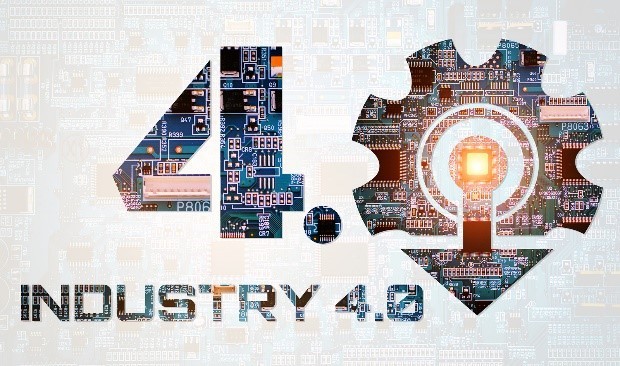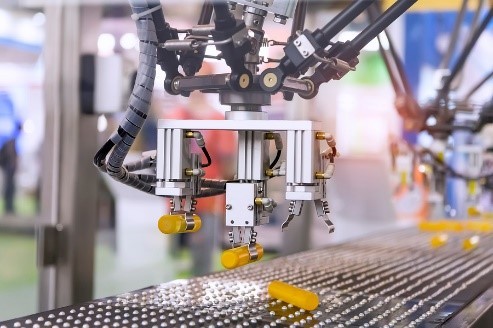Additive Manufacturing Stands to be a Major Driver of Industrial Digitization

Additive manufacturing has come a long way since tabletop 3D printers. Enabled by smarter, more advanced technologies, additive manufacturing is making a name for itself across the industry, in new and advanced applications. Beyond rapid prototyping, factories are quickly finding ways to put this technology to use. Now, additive manufacturing is becoming part of something bigger: Industry 4.0.
A rapid, refined process
Industrial digitization is a realization of the push for manufacturing perfection. To understand how and why additive manufacturing meets these demands, we only need to look at the benefits it offers:
- Precision repeatability. Additive manufacturing — like CNC machining and other forms of computer-guided manufacturing — produces the same result with little to no variation on the original.
- Low human capital. Computer-controlled processes fall into the realm of “set it and forget it,” which don’t require an operator to preside over them. This means saved or re-allocated human capital.
- Low cost. Besides lower human capital, additive manufacturing requires very little investment outside of setup costs, materials, and maintenance. There are also countless peripheral costs saved, as well as unrealized costs avoided.
- Speed. Additive manufacturing is incredibly efficient. From rapid prototyping to high-speed fabrication, this mode of manufacturing offers precision results at rapid rates, improving total production possibilities.
Better. Faster. More affordably. These are the drivers behind Industry 4.0 technologies and the hallmarks of additive manufacturing. As industrial digitization thrives, it’s only natural for additive manufacturing to follow.
Charting the demand for additive manufacturing
Additive manufacturing is part of a natural progression toward manufacturing automation. Henry Ford’s revelation about the assembly line was no accident — it was the first step in specialization. From there, we gained mass production. Soon after, robotics and automation assisted human workers in refining the assembly line process. Today, 3D printing and additive manufacturing are the final culmination of this progression.
The goal has always been and will always be to manufacture for the lowest possible cost, to maximize profits or reduce selling cost. In refining the manufacturing process down to a single step, this ideology is fulfilled.
Even more impressive, additive manufacturing consolidates specialization. A single additive manufacturing setup can design, prototype, and manufacture — consolidating three unique tasks into a singular machine.

Additive manufacturing is already making ripples
Evidence of additive manufacturing’s rise to prominence spans several core sectors of the economy. Today, aerospace assemblies, medical devices, automotive parts, and energy components are being produced with additive technologies. From 3D printing to extrusion molding, additive manufacturing is helping to alleviate burdens traditional in these industries. It’s helping to reduce the cost of manufacturing, expedite product innovation, and improve quality standards in a way unprecedented since Ford’s first assembly line.
As continues its rise to prominence, additive manufacturing will play an ongoing role. Not only is it a realization of manufacturing’s core goals, it’s also a justifiable first step for manufacturers seeking to digitize. Adopting additive manufacturing is a cost most manufacturers can justify. And, with this gentle entry into a digitized factory environment, doors to other forms of digitization are opened and Industry 4.0 rolls on.
Additive manufacturing machines require specialized insight to maintain and repair. If you’ve made the investment in this equipment, you can count on the professionals at Global Electronic Services to help you maintain it. Contact us for all your industrial electronic, servo motor, AC and DC motor, hydraulic, and pneumatic needs — and don’t forget to like and follow us on Facebook!